Although not in the Baltics, Gdansk is on the Baltic Sea, and on the way home, so we decided to stop here for a day. A bonus, so to speak.
Entering Poland from Lithuania is a difference of night and day. Once across the border, we realise how poor Lithuania actually is. In Poland the roads are better, the houses are better, life seems to be much more prosperous. Another observation: people are so much more friendly, talkative – perhaps also because their English is better, something that especially in Southern Lithuania was occasionally lacking. But come to think of it, during this entire trip there has been a gradual improvement in interhuman interaction, from the stoic, non-communicative Finns who would not by their own choice get involved in any form of vocal exchange, slowly improving through the Estonians, who were better and the Latvians even better communicating, and the Lithuanians. Culminating in the Poles, who naturally smile, and happily strike up a conversation.
We will be coming back to Poland, for sure, but Gdansk is a pleasant introduction. The old town part, which has suffered badly from Soviet and Allied bombings during the war, has been beautifully restored, to the extent that we recognised a lot of Dutch-style architecture that wouldn’t be misplaced in Amsterdam. It is only after reading up on Gdansk’s complex history – Polish, German, a free city state during the interbellum – that I can place the restoration in context. Although this was a truly meticulous exercise in the 1950s and -60s based on old photos and building plans, the reconstruction was undertaking with the objective to dilute what was called its German character, from the time Gdansk was part of Prussia, and make the city look like what it must have been in medieval times. Indeed, with a lot of Dutch influences.
Never mind the political intentions at the time, Gdansk now looks beautiful, with its rows of stately houses, in tasteful pastel colours, some of them richly decorated with stuccos and frescos. It is a pity that the weather is overcast, so most of my pictures don’t do justice to the lovely Long Market, or any of the other streets in the Old Town. Nice to wander around, even though we spot even more tourists than we have seen in any of the other towns visited this trip. And even though picturesque, cobbled Saint Mary’s street is given over to the amber-selling stalls serving the same tourists.
There is no doubt much more to see in Gdansk than we realised, and with more time – and better weather – we may have explored it further. But the afternoon rain drives us inside, to the World War II museum, a strikingly modern building, with a strikingly powerful permanent exhibition. Of course I know my history, but the way the museum has been set up, very visual, rams home reality once more. There is film material of pogroms, the usual documentation of German war crimes, the horror of the Holocaust, you name it and it is here. That it is a bit centred on Poland, is forgiven. Especially because for me perhaps the most illuminating message was we in Western Europe grow up with the message that after the war, our parents could look up again. Here, after the war one terror regime was replaced by another. Which, come to think of it, was of course not different in any of the Baltic republics.
Even our bonus day on this trip has taught me something.

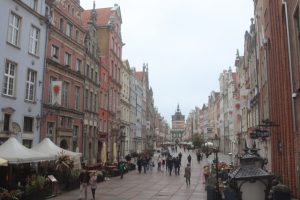
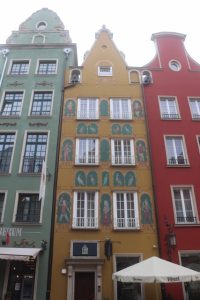
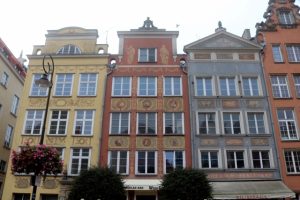
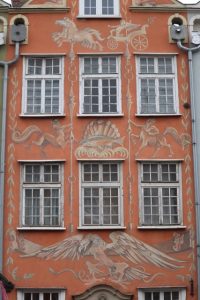
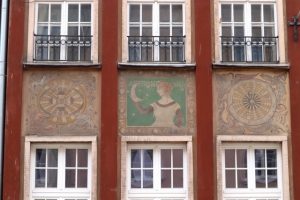
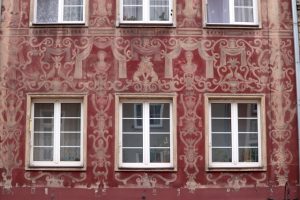

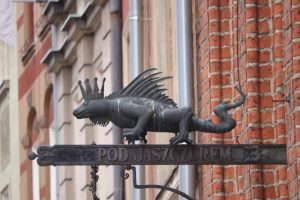
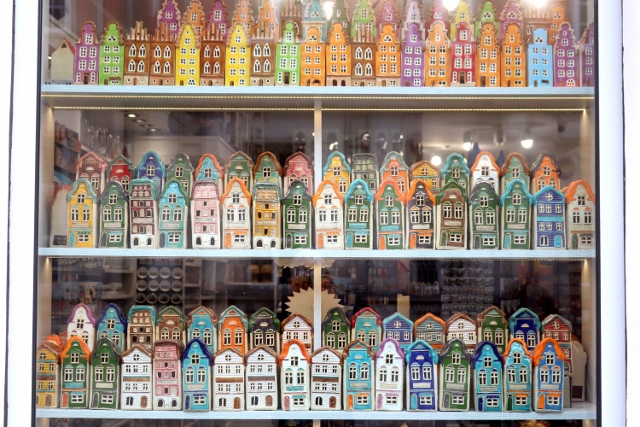
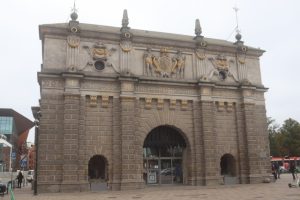
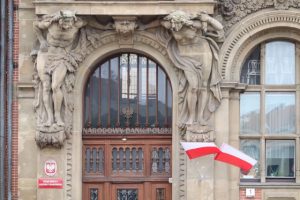

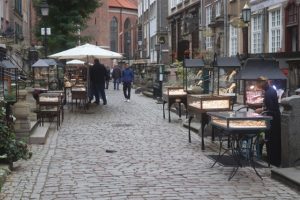
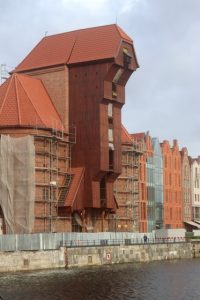
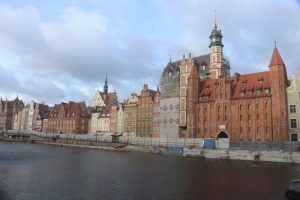


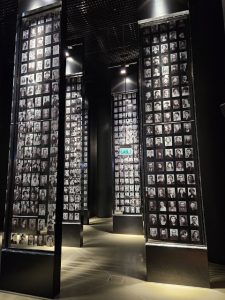
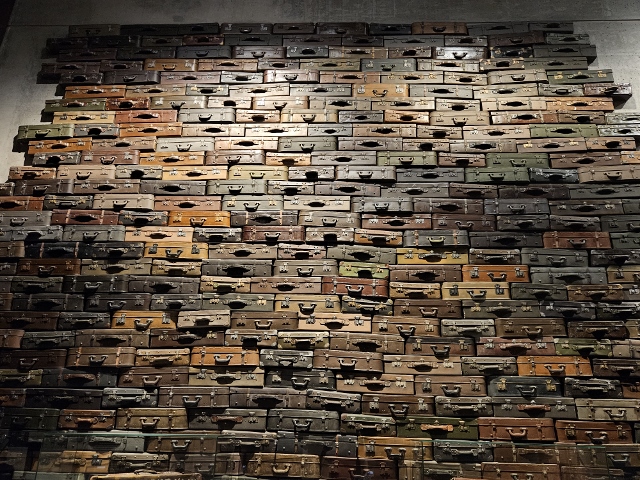
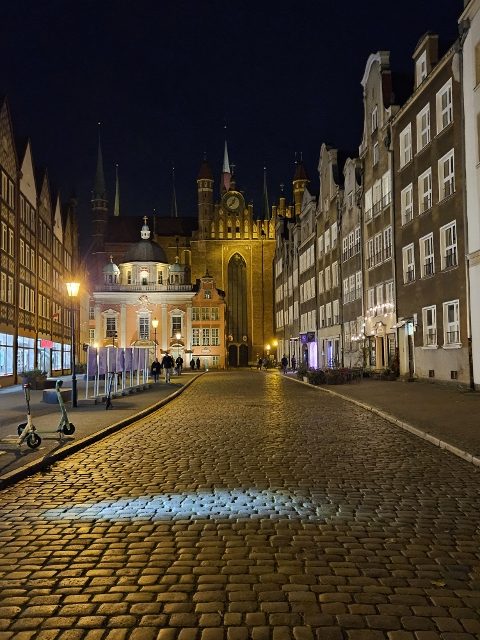










Dat was het extra dagje ruimschoots waard zo te zien.
Echt prachtig